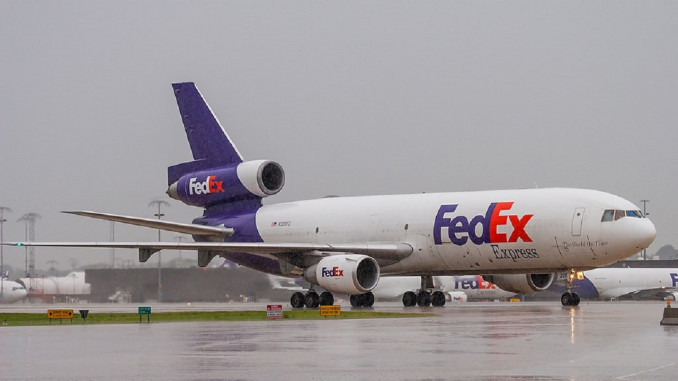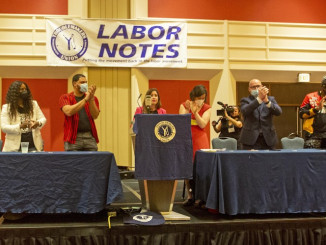
The last several months have been wet. Really wet for what is normal for this particular part of the region of California that I work in. Recently, there was an “atmospheric river,” that has dumped close to double the amount of rainfall than that of the average winter. Although conditions are certainly nowhere near as rough as they are in places like the Midwest that regularly deal with snowstorms, that doesn’t mean that work has been an easy walk in the park. Even without rain, there can be winds that are below freezing temperatures, so the heavy rain can make things even more exhausting.
I happen to work for FedEx, a major corporation that is currently number 70 on the Fortune 500 list – far from a struggling company. The company moves freight all around the country by owning a massive fleet of airplanes and pays big bucks to operate airport space in many major cities.
These issues are not unique to FedEx or airport workers. Many of the same issues are faced by longshore workers, construction workers, truckers, emergency responders and more.
At FedEx, the company offers no rain gear for its employees. At most the company offers a $25 reimbursement voucher for workers. What can anyone get for $25 these days? A regular t-shirt?
As a result, there are a number of workers who break down and spend a good deal of their own money on actual raingear. However, more often than not, it is much more common to see us make our own “ponchos” and “skirts” out of trash bags that we get from the custodians. This is the actual FedEx raingear uniform. Management sees this absurd situation all of the time and thinks nothing of it.
But ultimately, whether someone has the best raingear or not much of anything at all, it is only a matter of time until whatever rain protection gives out and we are soaked down to our skin. Once this happens it is “game over” and we are stuck in our soggy clothes for the rest of the shift. There are only so many puddles that we need to walk through until our shoes and socks are also completely drenched.
Driving around tug trucks in the heavy rain and heavy winds makes it hard to see, leading to the increased chance of a possible accident. In addition, when people are pushing heavy containers around in wet conditions, it is much more likely to slip, fall and potentially get hurt. FedEx’s philosophy towards injuries is that they are almost always “preventable.” What that translates into is that if a worker gets hurt, it is their fault and that they will likely face discipline. This creates a silencing effect, where workers are fearful of reporting injuries if they actually get hurt.
Not surprisingly when the weather report says that it will be especially wet, a lot of people tend to call off sick. Make no mistake, this is their right to call off whenever they see fit.
At the same time, when this happens, when there are less people, it can take twice as long to offload and load the airplanes, meaning that we are stuck in the rain for longer until the job is done. Unfortunately, often times workers feel like they are left behind and express their frustration towards other workers who happen to call off when the conditions are rough. In the eyes of management, what could be better? Management would love nothing more than to have workers point fingers at each other than point fingers at the bosses, for letting the working conditions be what they are.
In reality, workers get paid the exact same whether the weather conditions are great or rough. If people got paid considerably more when it rained, would there be the same attendance issue?
So how could things be different?
Not only could we have actual raingear, but looking across the tarmac, we can see that UPS workers have something that we don’t – roofs over their tug trucks. Of course, it won’t provide complete shelter but why couldn’t covers be installed on the tug trucks?
Why couldn’t there be more shacks at various parts of the ramp so when workers are waiting around for airplanes or freight to arrive, there are more places where workers could stay as dry as possible.
Of course, no one, whether workers or management, can change or control the weather conditions. But that doesn’t mean that something can’t be done about working conditions.




